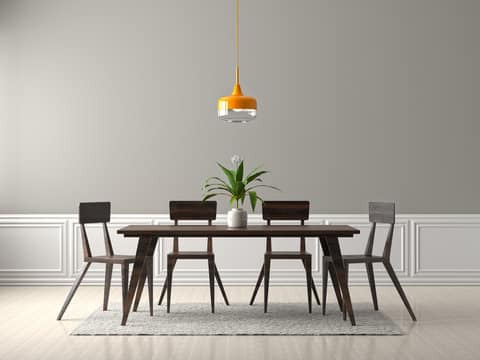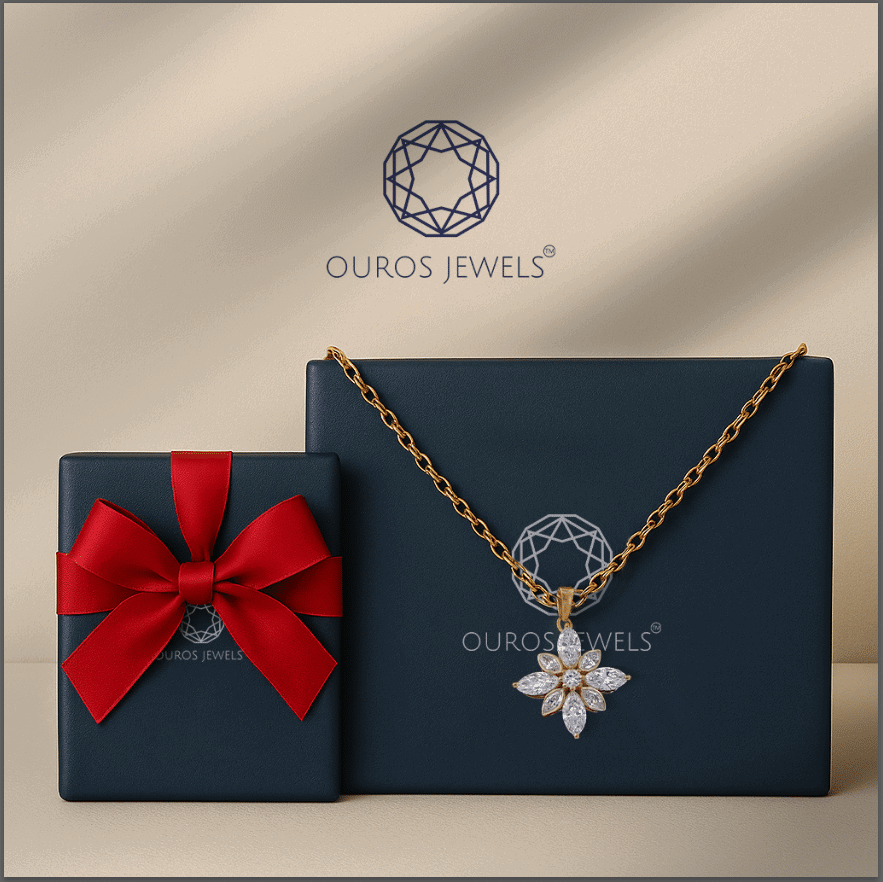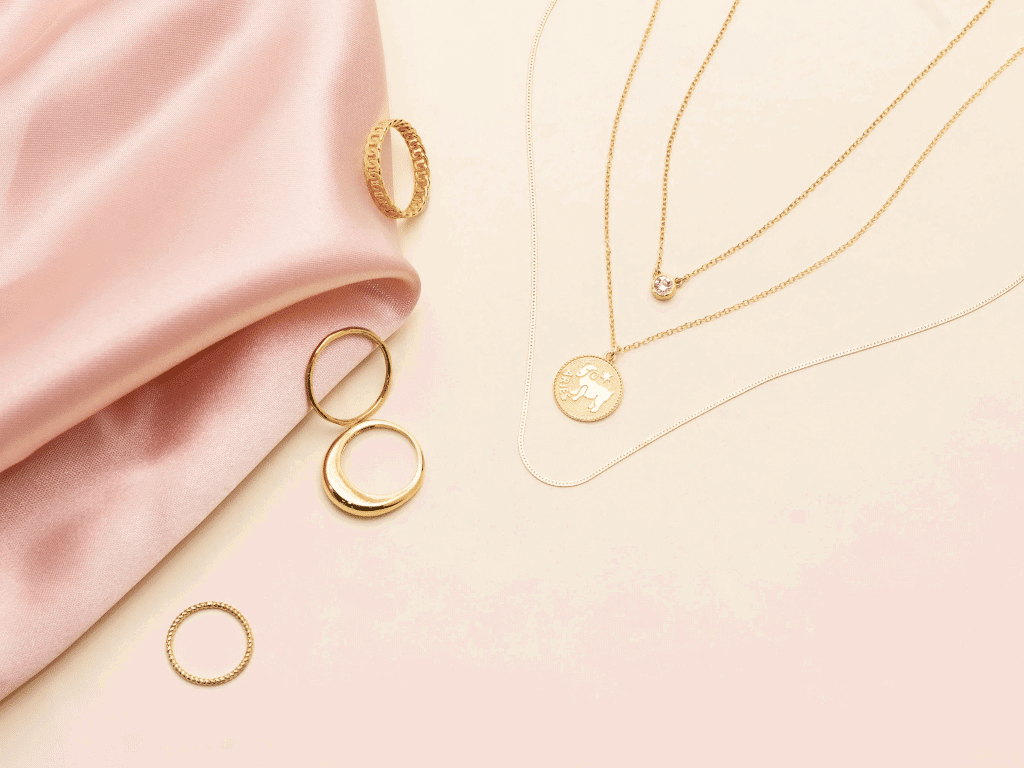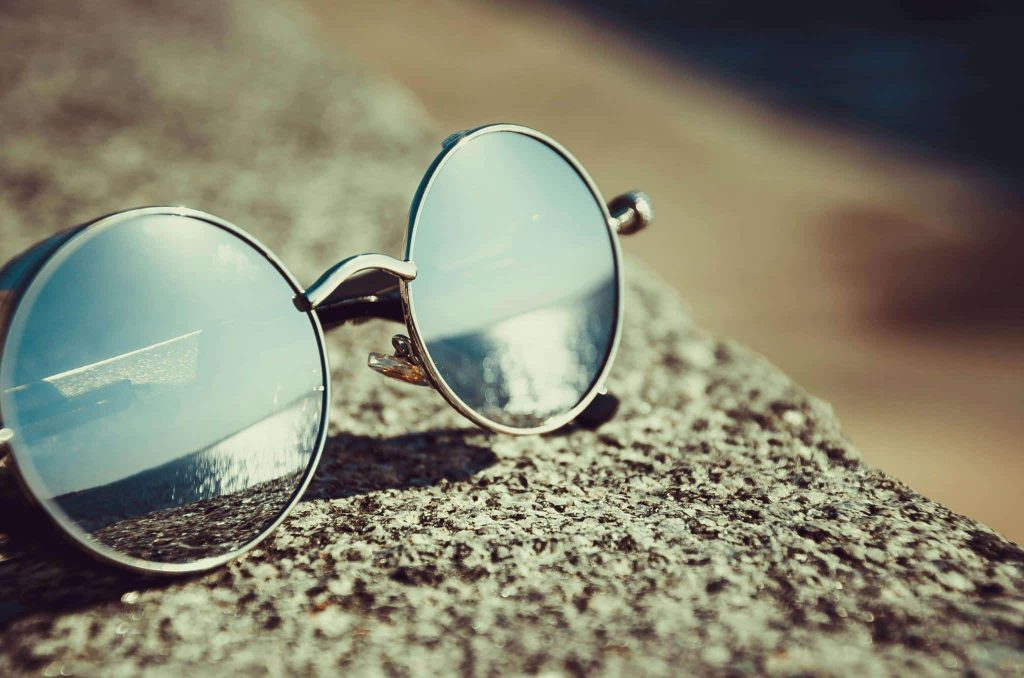Minimalism is more than just an aesthetic—it’s a philosophy that adopts simplicity, functionality, and elegance. Every element must serve a purpose while maintaining a clean and uncluttered look when designing a minimalist dining space. One of the most crucial aspects of achieving a minimalist dining area is selecting the right materials for your furniture. The materials you choose not only determine the durability and comfort of your dining setup but also define the overall ambiance of your space.
Clean lines, neutral color palettes, and high-quality craftsmanship characterize minimalist furniture. While intricate detailing and ornate designs are often avoided, the materials used in minimalist dining furniture significantly add texture, warmth, and depth to the space. Whether you prefer a modern industrial look, a warm and cozy Scandinavian feel, or a coastal, airy vibe, your choice of materials can make all the difference.
Let us explore the best materials for minimalist dining restaurant furniture, focusing on their aesthetic appeal, durability, and functionality. Shop at restaurantfurnitureplus.com for everything from timeless wood and sleek metal to eco-friendly wicker and modern acrylic.
1. Wood: The Warm Minimalist Choice
Wood is one of the most popular materials for minimalist dining furniture. It offers warmth, natural beauty, and durability. It is versatile and can complement various minimalist styles with modern contemporary.
Recommended Types of Wood:
1. Oak: Known for its strength and longevity, oak features a light tone that pairs beautifully with minimalist interiors. Its subtle grain patterns enhance the simple aesthetic without being overpowering.
2. Walnut: For those who prefer a richer, darker tone, walnut provides an elegant yet understated look. Its natural grain adds depth while maintaining a clean and polished finish.
3. Ash: Light and smooth, ash wood offers a soft, modern look perfect for an airy, minimalist space.
Finishing Options:
1. A natural stain keeps the wood’s organic appeal.
2. A matte varnish adds a subtle sheen while protecting the surface.
3. A raw wood finish brings out the natural imperfections, making the furniture feel more grounded.
Wood is a timeless choice that enhances minimalist interiors with warmth and sophistication.
2. Metal: The Sleek & Industrial Minimalist Option
Metal furniture is an excellent choice for those who prefer a modern, industrial, minimalist look. Its sleek, clean lines create a refined, stylish, and functional aesthetic.
Recommended Types of Metal:
1. Stainless Steel: Corrosion-resistant and highly durable, stainless steel is an excellent option for minimalist dining tables and chair frames. Its incredible, metallic sheen contrasts beautifully with wood or glass elements.
2. Black Powder-Coated Steel: This finish provides a matte look that blends seamlessly into minimalist settings. It’s strong, resistant to scratches, and adds a bold yet understated feel.
3. Brushed Aluminum: Lightweight yet sturdy, aluminum offers a polished, contemporary appearance that complements modern interiors.
Pairing Ideas:
1. Wood + Metal: A wooden dining tabletop with metal legs balances warmth and industrial minimalism.
2. All-Metal: Shop at restaurantfurnitureplus.com and opt for a metal dining set with clean, geometric lines for an ultra-modern look.
Metal is an excellent material for durability and a sleek, minimalist aesthetic.
3. Glass: The Ultimate Space-Enhancing Material
Glass is ideal for minimalist dining restaurant furniture, especially in smaller spaces. It enhances openness, reflects light, and creates an illusion of more space, making it perfect for urban apartments and compact dining areas.
Recommended Types of Glass:
1. Tempered Glass: This is the most durable and heat-resistant type of glass, ensuring safety while maintaining a sophisticated look.
2. Frosted Glass: Adds a subtle texture to the dining table while maintaining transparency.
3. Tinted or Smoked Glass is perfect for those who want to add a touch of elegance without losing the minimalist appeal.
Maintenance Considerations:
1. Easy to clean but prone to fingerprints and smudges.
2. It requires regular wiping to maintain its polished look.
Glass is an excellent choice for anyone who wants a modern, airy, and minimalist dining area.
4. Wicker: The Natural & Airy Minimalist Choice
Wicker is an excellent material for a minimalist yet cozy dining setting. It offers both style and sustainability. Derived from natural fibers such as rattan, bamboo, or seagrass, wicker furniture adds warmth and texture to minimalist spaces.
Why Wicker Works for Minimalist Dining Spaces:
1. It is lightweight and easy to move, making it perfect for flexible dining setups.
2. Eco-friendly and made from renewable materials.
3. Offers an airy and breathable aesthetic, ideal for relaxed, nature-inspired minimalism.
Recommended Uses for Wicker:
1. Dining Chairs: Wicker dining chairs with simple silhouettes blend well with minimalist decor.
2. Accent Pieces: A wicker bench or storage unit adds texture without cluttering the space.
3. Indoor-Outdoor Versatility: Great for open dining areas or patios with a seamless, natural look.
Although wicker is not as durable as wood or metal, when used strategically, it provides a beautiful balance of texture and minimalism.
5. Upholstered Minimalism: Fabric & Leather Seating
Minimalist restaurant furniture doesn’t have to be rigid. Upholstered seating adds comfort while maintaining a sleek look. The key is choosing fabrics and textures that align with minimalist principles.
Best Upholstery Materials for Minimalist Dining Chairs:
1. Linen & Cotton Blends: Soft, breathable, and available in neutral tones like white, beige, and gray.
2. Faux Leather: A vegan-friendly alternative that is easy to clean and pairs well with minimalist aesthetics.
Color Choices:
For a timeless, minimalist feel, shop at restaurantfurnitureplus.com and stick to neutral colors such as white, gray, taupe, or muted earth tones.
6. Plastic & Acrylic: Lightweight & Versatile Minimalism
Plastic and acrylic restaurant furniture offers a sleek and functional solution for a budget-friendly and ultra-modern approach.
Best Plastic & Acrylic Materials:
1. Polypropylene: Durable, lightweight, and available in matte finishes.
2. Acrylic: Transparent and modern, making it perfect for small dining spaces.
3. Recycled Plastic: A sustainable and eco-friendly option that aligns with minimalist values.
Ideal Use Cases:
1. Stackable Dining Chairs: Space-saving and easy to store.
2. Minimalist Bar Stools: Great for modern kitchen islands and dining areas.
3. Lucite Dining Tables: This creates a floating effect, enhancing a clutter-free space.
Plastic and acrylic furniture provide a contemporary edge while keeping things simple and functional.
Conclusion
Choosing the right materials for minimalist dining restaurant furniture is about finding the perfect balance between aesthetics, functionality, and durability. Wood adds warmth; metal brings sleekness; glass enhances space; wicker introduces natural textures; upholstery adds comfort; and plastic/acrylic provides modern versatility.
Each material has unique benefits, and the best choice depends on your style, space constraints, and maintenance preferences. Mixing and matching materials—such as a wooden tabletop with metal legs or a wicker chair with a linen cushion—can help you achieve a minimalist dining area that is both stylish and practical.
Shop at restaurantfurnitureplus.com because by carefully selecting high-quality materials that align with minimalist principles, you can create a dining space that is beautiful but also functional, long-lasting, and timeless.





















